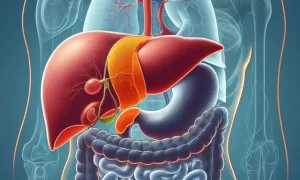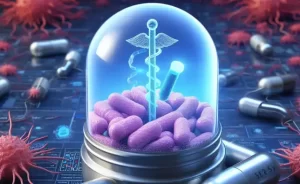Molecular subtypes of breast cancer
- Normal Liver Cells Found to Promote Cancer Metastasis to the Liver
- Nearly 80% Complete Remission: Breakthrough in ADC Anti-Tumor Treatment
- Vaccination Against Common Diseases May Prevent Dementia!
- New Alzheimer’s Disease (AD) Diagnosis and Staging Criteria
- Breakthrough in Alzheimer’s Disease: New Nasal Spray Halts Cognitive Decline by Targeting Toxic Protein
- Can the Tap Water at the Paris Olympics be Drunk Directly?
Molecular subtypes of breast cancer
Molecular subtypes of breast cancer. Breast cancer is the number one malignant tumor in women and will become the number one cancer in the world in 2020.
Luminal A breast cancer is hormone receptor positive (estrogen receptor or progesterone receptor positive), HER2 negative, and the protein Ki-67 level is low, which helps control the growth rate of cancer cells. Luminal A cancer is low-grade, tends to grow slowly and has the best prognosis.

Luminal B breast cancer is hormone receptor positive (estrogen receptor or progesterone receptor positive), HER2-positive or HER2-negative, and Ki-67 levels are high. Luminal B cancers usually grow slightly faster than luminal A cancers, and their prognosis is slightly worse.
Triple negative/basal-like breast cancer is hormone receptor negative (estrogen receptor and progesterone receptor negative) and HER2 negative. This type of cancer is more common in women with BRCA1 gene mutations. Researchers are not sure why, but this type of cancer is more common in young and African American women.
HER2-enriched breast cancer is hormone receptor negative (estrogen receptor and progesterone receptor negative) and HER2 positive. HER2-enriched cancers tend to grow faster and have a worse prognosis than intraluminal cancers, but they are usually successfully treated with targeted therapies targeting the HER2 protein, such as Herceptin (chemical name: trastuzumab), Perjeta ( Chemical name: pertuzumab), Tykerb (chemical name: lapatinib), Nerlynx (chemical name: neratinib) and Kadcyla (chemical name: T-DM1 or ado-trastuzumab emtansine).
Normal-like breast cancer is similar to luminal A disease: hormone receptor positive (estrogen receptor or progesterone receptor positive), HER2 negative, and low protein Ki-67 level, which helps control the growth of cancer cells. Nevertheless, although the prognosis of normal breast cancer is good, its prognosis is slightly lower than that of luminal cancer.
(source:internet, reference only)
Disclaimer of medicaltrend.org



